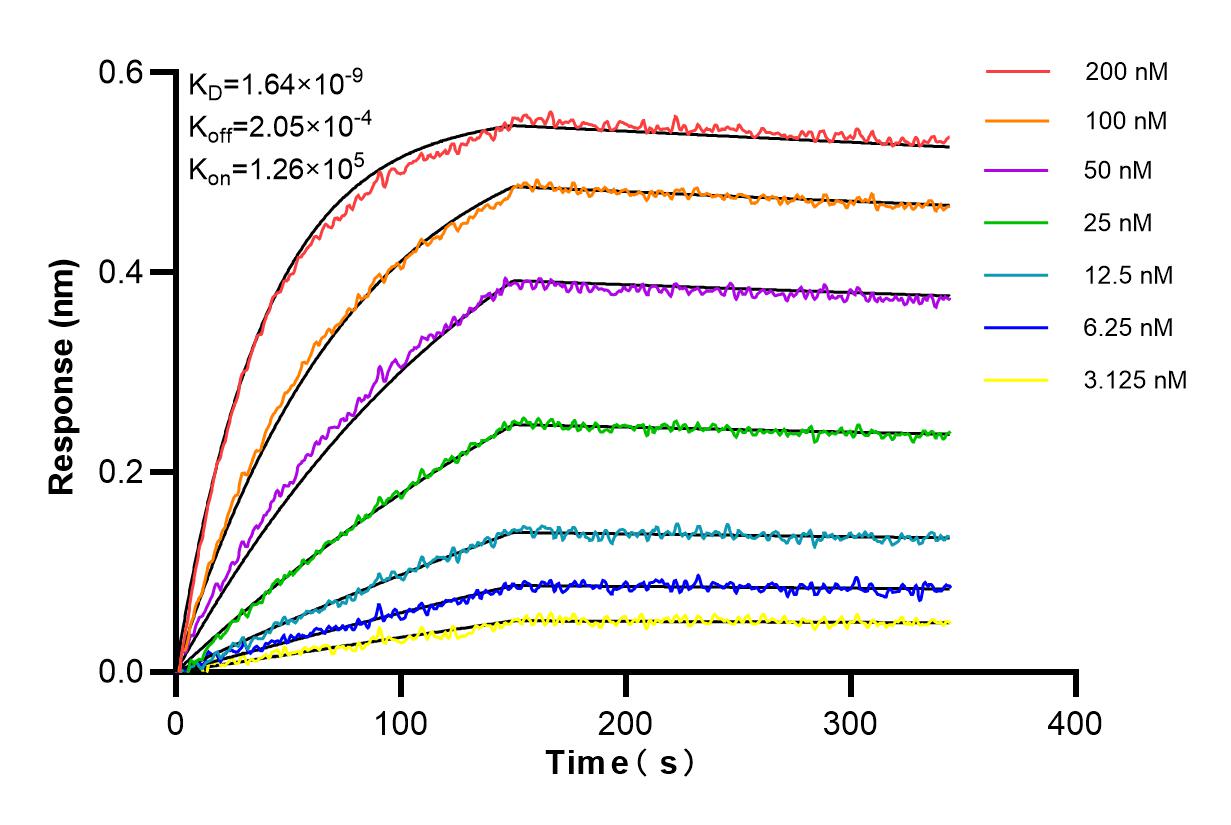Product Information
84998-1-PBS targets ZNF618 as part of a matched antibody pair:
MP01753-2: 84998-1-PBS capture and 84998-2-PBS detection (validated in Cytometric bead array)
Unconjugated rabbit recombinant monoclonal antibody in PBS only (BSA and azide free) storage buffer at a concentration of 1 mg/mL, ready for conjugation. Created using Proteintech’s proprietary in-house recombinant technology. Recombinant production enables unrivalled batch-to-batch consistency, easy scale-up, and future security of supply.
This conjugation ready format makes antibodies ideal for use in many applications including: ELISAs, multiplex assays requiring matched pairs, mass cytometry, and multiplex imaging applications.Antibody use should be optimized by the end user for each application and assay.
| Tested Reactivity | human |
| Host / Isotype | Rabbit / IgG |
| Class | Recombinant |
| Type | Antibody |
| Immunogen | ZNF618 fusion protein Ag36487 Predict reactive species |
| Full Name | zinc finger protein 618 |
| Calculated Molecular Weight | 105kDa,954aa |
| Observed Molecular Weight | 110-130 kDa |
| GenBank Accession Number | NM_001318042.1 |
| Gene Symbol | ZNF618 |
| Gene ID (NCBI) | 114991 |
| Conjugate | Unconjugated |
| Form | Liquid |
| Purification Method | Protein A purification |
| UNIPROT ID | Q5T7W0 |
| Storage Buffer | PBS only , pH 7.3 |
| Storage Conditions | Store at -80°C. |
Background Information
Zinc finger protein 618 (ZNF618) is a key protein associated with DNA methylation and acts as a specific 5hmC reader in vivo to regulate UHRF2 function by promoting UHRF2 chromatin localization. In addition, ZNF618 is not only associated with the induction, maintenance or progression of female breast cancer, but is also up-regulated in lung cancer cells.







